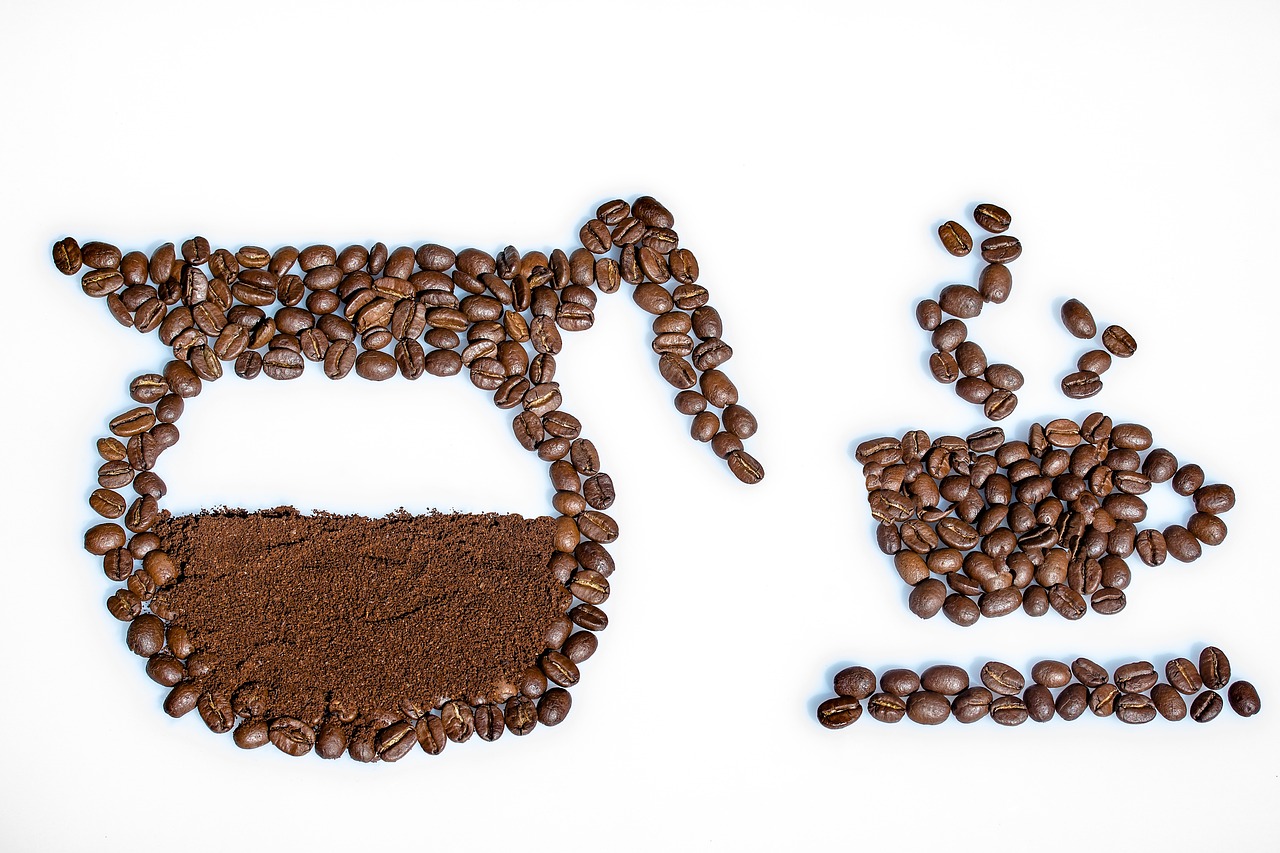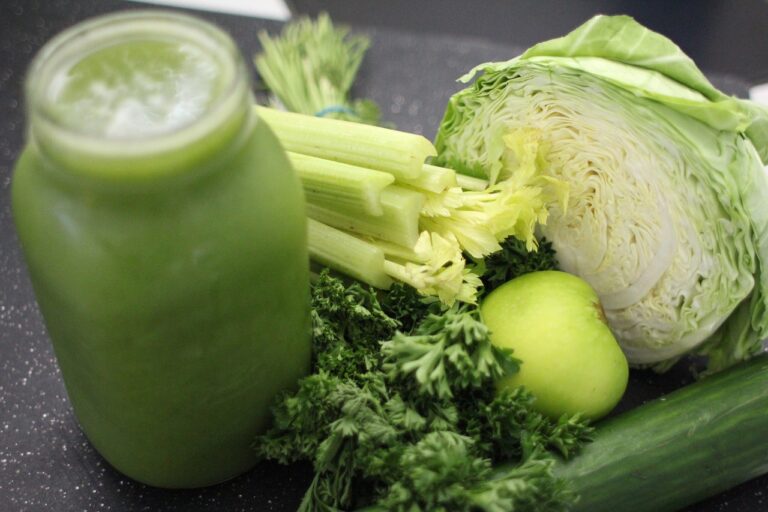Food Labeling for Dietary Restrictions: Celiac Disease and Gluten Sensitivity
Celiac disease is an autoimmune disorder that affects the small intestine when gluten is consumed, causing damage to the lining of the intestine. This damage can lead to various symptoms such as diarrhea, bloating, fatigue, and weight loss. It is essential for individuals with celiac disease to strictly adhere to a gluten-free diet to manage the condition and prevent further complications.
On the other hand, gluten sensitivity, also known as non-celiac gluten sensitivity, is a condition where individuals experience similar symptoms to those with celiac disease when consuming gluten. However, unlike celiac disease, gluten sensitivity does not involve the immune system attacking the intestine. People with gluten sensitivity may benefit from avoiding gluten in their diet to alleviate symptoms, even though it is not necessary for them to follow a strict gluten-free diet like individuals with celiac disease.
Identifying Hidden Sources of Gluten in Food Labels
Always be diligent when scanning the ingredient list on food labels for hidden sources of gluten. Ingredients to watch out for include modified food starch, hydrolyzed vegetable protein, and malt extract, as they can often contain gluten derivatives. Remember that even small amounts of gluten can trigger a reaction in individuals with celiac disease or gluten sensitivity.
Additionally, be cautious of terms like “natural flavors,” “spices,” and “artificial flavors,” as these vague descriptions could potentially hide gluten-containing additives. When in doubt, reach out to the manufacturer for clarification on any ambiguous ingredients listed on the packaging. By staying informed and thorough in your label reading, you can better navigate the complex landscape of gluten-free eating and protect your health.
Reading Ingredient Lists for Gluten-Free Products
When it comes to deciphering ingredient lists for gluten-free products, consumers need to be extra vigilant to avoid potential sources of gluten. While many products proudly display gluten-free labels, it is still crucial to scrutinize the ingredient list for any hidden gluten-containing components. Ingredients such as wheat, barley, rye, and oats should set off alarm bells for individuals with celiac disease or gluten sensitivity.
Moreover, ingredients derived from gluten-containing grains, such as malt, modified food starch, and hydrolyzed wheat protein, can often be concealed in the ingredient list under different names. It’s essential for those following a gluten-free diet to familiarize themselves with these alternate names and cross-check them with a list of unsafe ingredients. Being well-informed about potential sources of gluten can help individuals make informed choices and confidently select products that align with their dietary needs.
Consumers should be vigilant and scrutinize ingredient lists for hidden sources of gluten
Ingredients like wheat, barley, rye, and oats should raise concerns for those with celiac disease or gluten sensitivity
Gluten-containing components may be disguised under different names such as malt, modified food starch, and hydrolyzed wheat protein
Familiarizing oneself with alternate names of gluten-derived ingredients can aid in making informed choices
Cross-checking ingredients with a list of unsafe components is crucial for individuals following a gluten-free diet
What is Celiac Disease and gluten sensitivity?
Celiac Disease is an autoimmune disorder where consuming gluten triggers an immune response that damages the lining of the small intestine. Gluten sensitivity is a condition where individuals experience symptoms similar to those with Celiac Disease but do not test positive for the condition.
What are hidden sources of gluten in food labels?
Hidden sources of gluten in food labels include ingredients like malt, modified food starch, and certain flavorings that may contain gluten. It is important to carefully read ingredient lists to identify potential sources of gluten.
How can I identify gluten-free products?
Look for products that are labeled as “gluten-free” or certified by reputable gluten-free organizations. Additionally, carefully read ingredient lists to ensure that there are no hidden sources of gluten.
Are there any common misconceptions about gluten-free products?
One common misconception is that all gluten-free products are healthy. While gluten-free products may be suitable for individuals with gluten sensitivities, they can still be high in sugar, fat, and calories. It is important to choose gluten-free products that are also nutritious.







